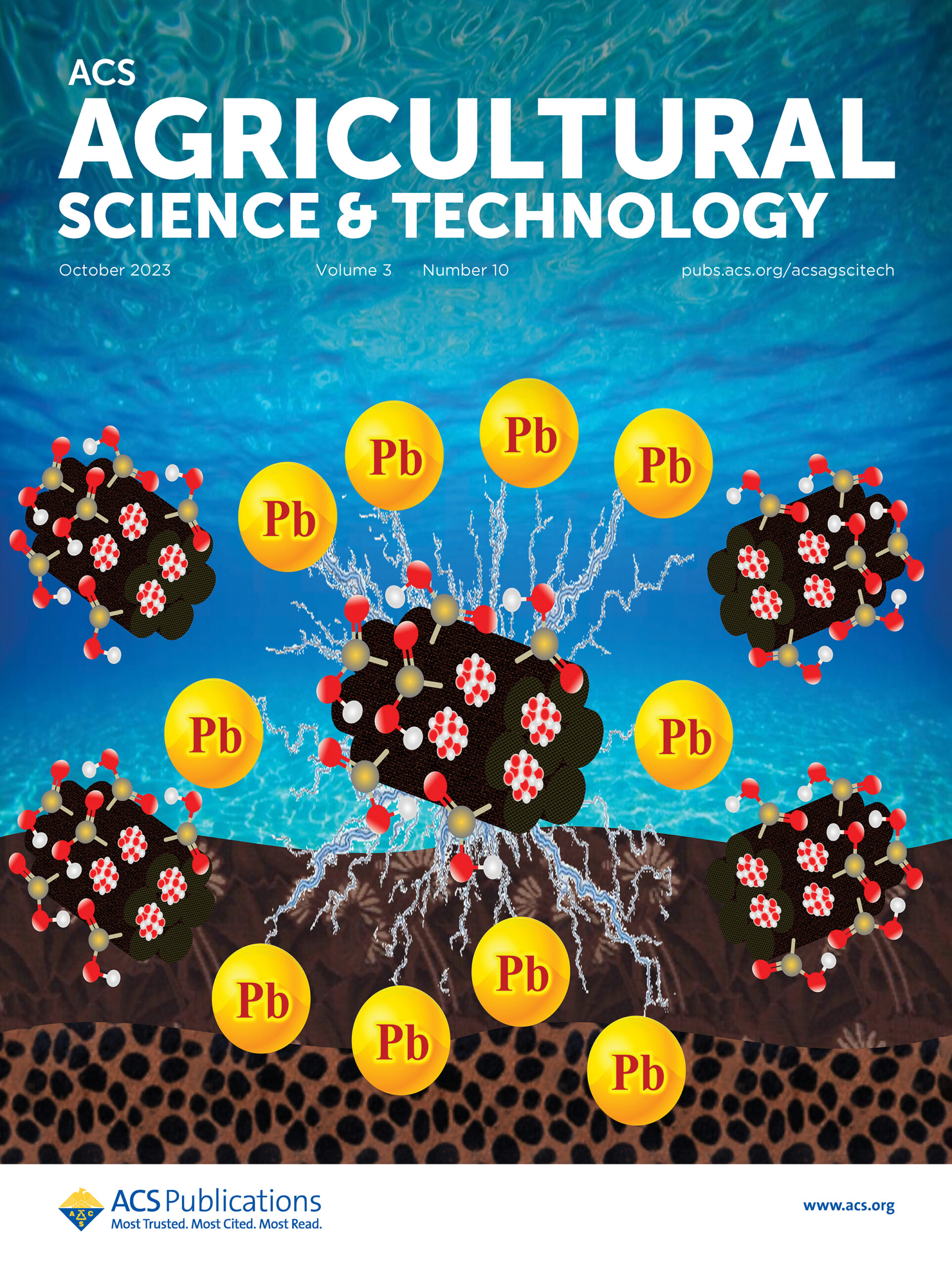Insights into the Efficacy and Binding Mode of 1,4-Disubstituted 1,2,3-Triazoles: A New Class of Agricultural Nitrification Inhibitors
Sibel C. Yildirim, Robert M. Walker, Ute Roessner, and Uta Wille* “Insights into the Efficacy and Binding Mode of 1,4-Disubstituted 1,2,3-Triazoles: A New Class of Agricultural Nitrification Inhibitors,” ACS Agricultural Science & Technology 2023 3 (10), 867-875. DOI: 10.1021/acsagscitech.3c00134
Recently, 1,4-disubstituted 1,2,3-triazoles were reported by us as a new class of nitrification inhibitors, which can outperform the commercial compound 3,4-dimethylpyrazole phosphate (DMPP) in soil incubations. In this work, the mechanism of inhibition of five 1,2,3-triazoles with different substitution patterns was explored using a bacterial assay based on the measurement of nitrite (NO2–) production by pure cell cultures of Nitrosomonas europaea and Nitrosospira multiformis. While polar functional groups, such as amines, esters, and alkoxy residues, were detrimental to inhibiting production of NO2–, triazoles carrying only aliphatic substituents showed the highest inhibition of up to 98%. The observed correlation between lipophilicity and inhibitory activity suggests that more lipophilic compounds could more easily access the membrane-bound ammonia monooxygenase (AMO), which catalyzes the first step of the nitrification process. Measurement of the Michaelis–Menten kinetics suggests that the disubstituted 1,2,3-triazoles studied in this work act as reversible, noncompetitive inhibitors. Real-time measurements of the oxygen (O2) consumption showed that the O2 uptake rate by AMO follows zero-order kinetics in the presence of the triazoles, confirming the nonmechanistic mode of inhibition.




